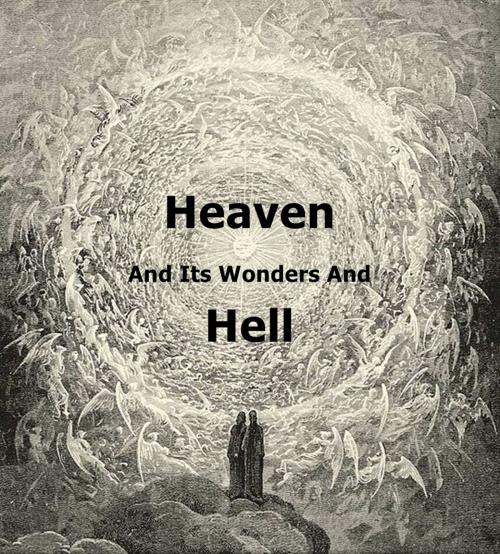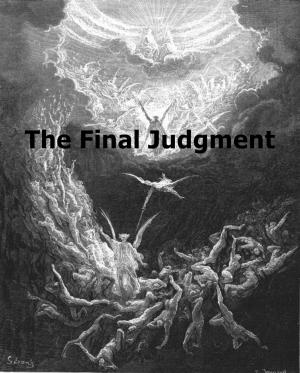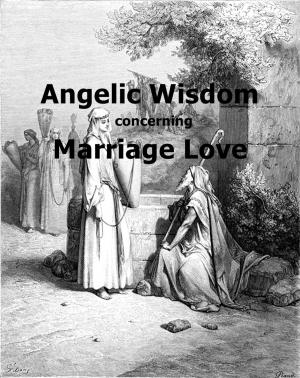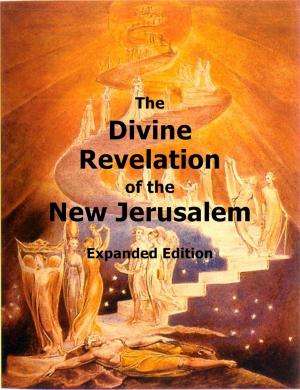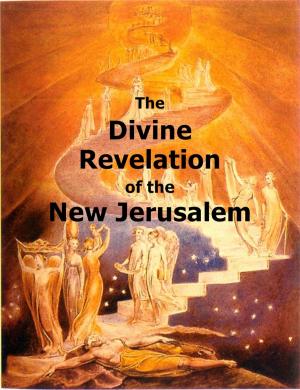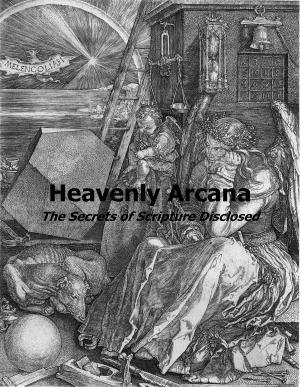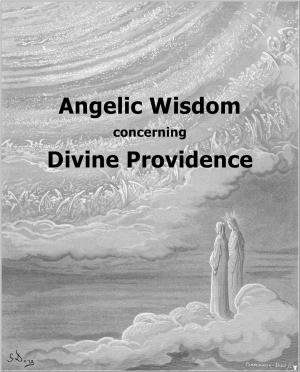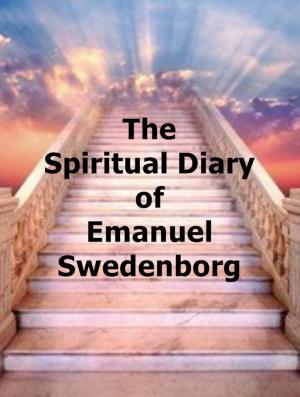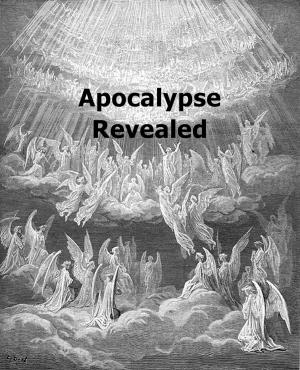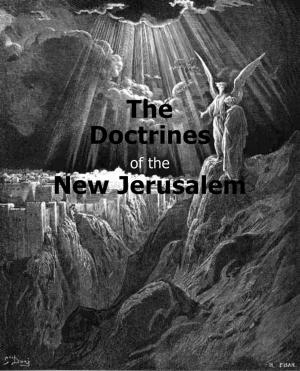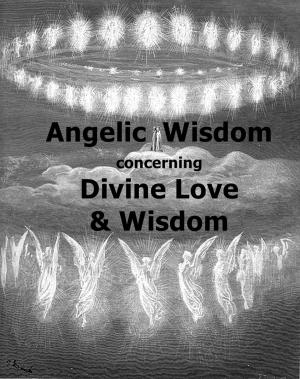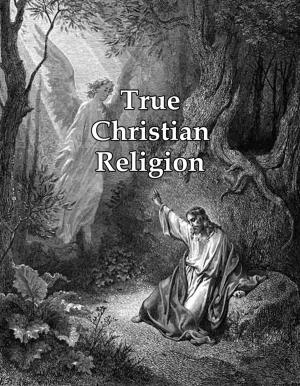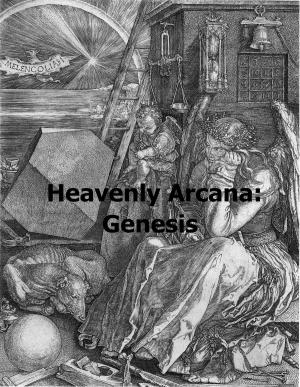Heaven and Hell
Nonfiction, Religion & Spirituality, Christianity, General Christianity, Philosophy, Mind & Body, New Age| Author: | Emanuel Swedenborg | ISBN: | 1230000116898 |
| Publisher: | Theodore D. Webber | Publication: | July 1, 2012 |
| Imprint: | Language: | English |
| Author: | Emanuel Swedenborg |
| ISBN: | 1230000116898 |
| Publisher: | Theodore D. Webber |
| Publication: | July 1, 2012 |
| Imprint: | |
| Language: | English |
Heaven and Hell is perhaps the most famous work of Emanuel Swedenborg, where he reveals in detail his visions concerning heaven, hell, and the world of spirits in between. In this work the author explains how each person will survive after death to enter the spiritual world, and describes details concerning the process of dying which were later confirmed in the twentieth century with the discovery of the Near Death Experience by the medical community. Most notably the author describes God as the Lord from Whom emanates a spiritual Sun, by which heaven receives its light, and by which all are judged after death. Heaven is a realm in which there is no space and no time, where societies are formed according to one's ruling love, and everyone's internal thoughts are revealed in a moment. Various degrees and societies of heaven are described, including the different functions of angels, the punishments of hell, and the purpose of the world of spirits between the realms of heaven and hell. God's desire for each person is to have them grow and develop as an angel in the kingdom of heaven, where each spiritual being is perfected and made happier to eternity.
This edition of Heaven and Hell is volume 21 of the multi-volume work, The Divine Revelation of the New Jerusalem. It has been formatted for digital publication: it includes a hyperlinked table of contents, hyperlinked references, extensive footnotes, and a hyperlinked topical index.
ABOUT THE AUTHOR: Emanuel Swedenborg (1688-1772) was born in Stockholm, Sweden. He journeyed to England, Holland, France, and Germany to study and work with leading scientists in western Europe. Upon his return he apprenticed as an engineer under the brilliant Swedish inventor Christopher Polhem (1661-1751). King Charles XII of Sweden gave him a salaried position as an overseer of Sweden's mining industry (1716-1747). After the death of the King, Emanuel was ennobled by Queen Ulrika Eleonora. This gave him a seat in the Swedish House of Nobles, where he remained an active participant in the Swedish government throughout his life. A member of the Swedish Royal Academy of Sciences, he devoted himself to scientific studies and philosophical reflections that culminated in a number of scientific publications, mainly concerning minerology and physiology, where he had made several discoveries. From 1743 to 1745 he entered a transitional phase that resulted in a shift of his main focus from science and philosophy to theology. Throughout the rest of his life he maintained that this shift was brought about by Jesus Christ, who appeared to him, called him to a new mission, and opened his perception to a permanent dual consciousness of this life and the spiritual world of heaven and hell. Although he at first published his theological works anonymously, he became more well known to the public when he had a clairvoyant experience where he could describe a fire in Stockholm in 1759, over 400 km away. This was investigated by the German philosopher Immanuel Kant, who confirmed the event, and it was also noted by Carl Jung who borrowed from Swedenborg for many of his ideas in psychology. At other times Swedenborg demonstrated his clairvoyant abilities to multiple witnesses, including John Wesley, the founder of Methodism. Zen master D.T. Suzuki called Swedenborg the "Buddha of the North."
Heaven and Hell is perhaps the most famous work of Emanuel Swedenborg, where he reveals in detail his visions concerning heaven, hell, and the world of spirits in between. In this work the author explains how each person will survive after death to enter the spiritual world, and describes details concerning the process of dying which were later confirmed in the twentieth century with the discovery of the Near Death Experience by the medical community. Most notably the author describes God as the Lord from Whom emanates a spiritual Sun, by which heaven receives its light, and by which all are judged after death. Heaven is a realm in which there is no space and no time, where societies are formed according to one's ruling love, and everyone's internal thoughts are revealed in a moment. Various degrees and societies of heaven are described, including the different functions of angels, the punishments of hell, and the purpose of the world of spirits between the realms of heaven and hell. God's desire for each person is to have them grow and develop as an angel in the kingdom of heaven, where each spiritual being is perfected and made happier to eternity.
This edition of Heaven and Hell is volume 21 of the multi-volume work, The Divine Revelation of the New Jerusalem. It has been formatted for digital publication: it includes a hyperlinked table of contents, hyperlinked references, extensive footnotes, and a hyperlinked topical index.
ABOUT THE AUTHOR: Emanuel Swedenborg (1688-1772) was born in Stockholm, Sweden. He journeyed to England, Holland, France, and Germany to study and work with leading scientists in western Europe. Upon his return he apprenticed as an engineer under the brilliant Swedish inventor Christopher Polhem (1661-1751). King Charles XII of Sweden gave him a salaried position as an overseer of Sweden's mining industry (1716-1747). After the death of the King, Emanuel was ennobled by Queen Ulrika Eleonora. This gave him a seat in the Swedish House of Nobles, where he remained an active participant in the Swedish government throughout his life. A member of the Swedish Royal Academy of Sciences, he devoted himself to scientific studies and philosophical reflections that culminated in a number of scientific publications, mainly concerning minerology and physiology, where he had made several discoveries. From 1743 to 1745 he entered a transitional phase that resulted in a shift of his main focus from science and philosophy to theology. Throughout the rest of his life he maintained that this shift was brought about by Jesus Christ, who appeared to him, called him to a new mission, and opened his perception to a permanent dual consciousness of this life and the spiritual world of heaven and hell. Although he at first published his theological works anonymously, he became more well known to the public when he had a clairvoyant experience where he could describe a fire in Stockholm in 1759, over 400 km away. This was investigated by the German philosopher Immanuel Kant, who confirmed the event, and it was also noted by Carl Jung who borrowed from Swedenborg for many of his ideas in psychology. At other times Swedenborg demonstrated his clairvoyant abilities to multiple witnesses, including John Wesley, the founder of Methodism. Zen master D.T. Suzuki called Swedenborg the "Buddha of the North."
